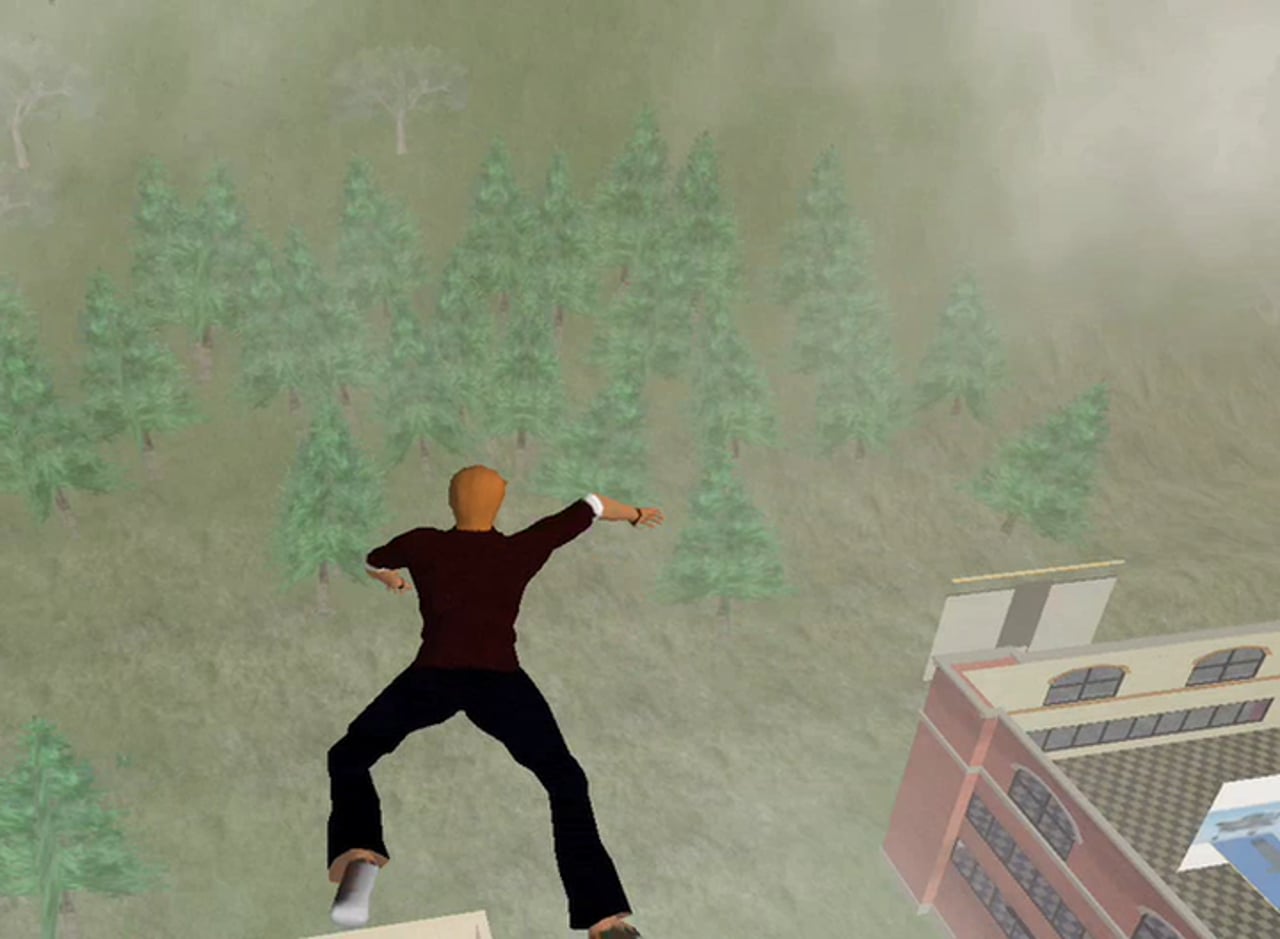Bioficial Hollow
Text to Speech Demo
This work examines and dissects the potentiality of organ donation within virtual communities like Second Life. It consists of a video loop of real time glitch phenomena in a virtual world that prevents an avatar from moving anywhere except up and down a very narrow space, due to the economic restriction of the 4 surrounding areas. These generates an intrinsic statement about the juxtaposition of real world organ trading economics and the biopolitical nature of identity in both real and virtual spaces, through these two representations.
The work explores the notion of privacy and economic ownership of data within a specific space, that being the second life environment. This Massive Multi-User Online World (MMO) marketed itself as a utopian alternative to reality, or “First Life” , however in reality it very quickly became corporatized and privacy in this space, became an issue in the advent of its economisation. People who owned land (for no real reason other than for a sense of exclusivity) would put up invisible barriers to their (owned land), a feature not originally available, but granted due to demand for it from users. This created a power heirachy of the rich landowners shutting out the poor/free/nomadic users from certain spaces that were once public and all of a sudden identity and the the body became political obejcts within this virtual economy. What was even more interesting was that in situations of low bandwidth or slow server communication (low speed internet connections, locations such as Perth where ping messages bounce through Sydney to California and back) the Second Life 3D environment is slow to render in real time, so often users can fly their avatars into restricted spaces, but then as the scripts attaché to the polygons, co-ordinates and textures of a location load (in that exact order) the user would experience a rather unique experience, where a world would literally render in front of them, form shape to shape, to texture, to animation etc. but then all of a sudden a permission script would be applied and the avatar would be stuck in a particular location, due to the barriers put in place by the owners. It is like jumping the fence into the fairground, only to get trapped in there forever! I found these places to be in violation of my rights as a citizen of Second Life and complained to the operators (to no avail). I began to question my rights as a physical being (albeit a virtual composite of polygons and textures) in this space and how this related to biopolitics and biological/post-biological identity.
The digital landscape is an extraterrestrial world, devoid of our soft, wet bodies. Through the amplification of the body’s obsolescence in this space, the need for its modification intensifies. There is no birth or death in this space and the skin becomes inadequate as an interface, superseded by hardware technologies. In this environment the architecture of the landscape is an extension of our own selves (this is also the case with the traditional landscape, though we were not part of its creation). Through the manipulation of this space our skin begins the next step in its evolution, flattening and pixelating to adjust to the new surroundings. In this environment we are the only true architectural forms.
We are the living signs of the possibility of mortality. And we are homeless. We deny ourselves of this position and its traditional social consequences by utilizing traditional simulacra to that which we are used to. The image matrix is however all consuming and the reality is that we must evolve beyond our biological selves in this new homeless, immortal space. In order for us to breach the gap between our bodies and digital space our skin needs to fill the role of the interface and thus we must let hardware technology enhance and evolve us. By the direct infiltration of our bodies we leave traditional semiotics behind and evolve new signifiers to identify our infinite surroundings. But how does this integrate into a bio-politic that is already rife with issues relating to ownership, rights and moral value indiscretions?
Through developing vagabond states in new, extraterrestrial environments, it will be necessary to find new roles and signifiers in order to provide meaning and language to existence in these places; and also to combat the inevitable commodification of these spaces and the precipitates of this process.
source








Gloss